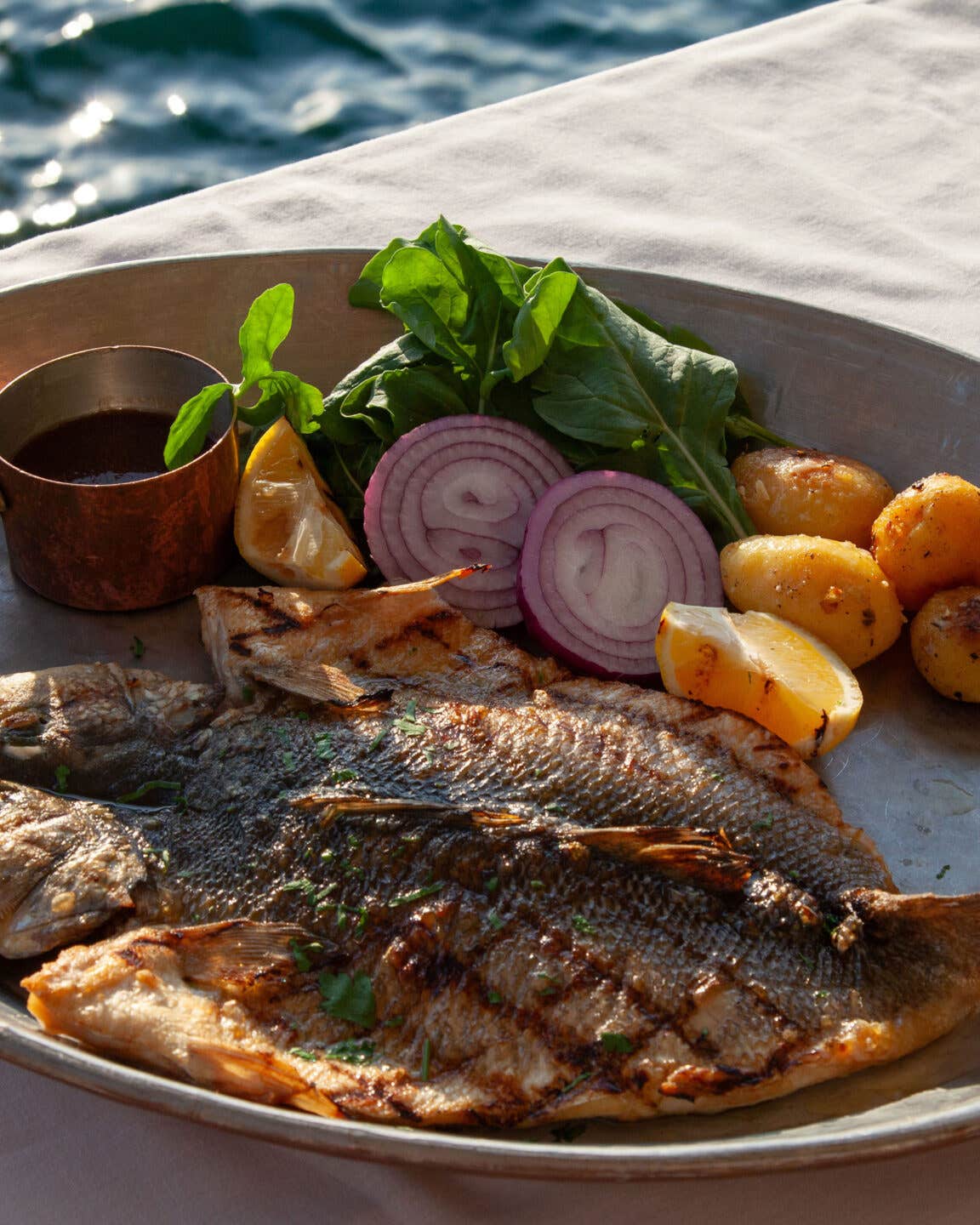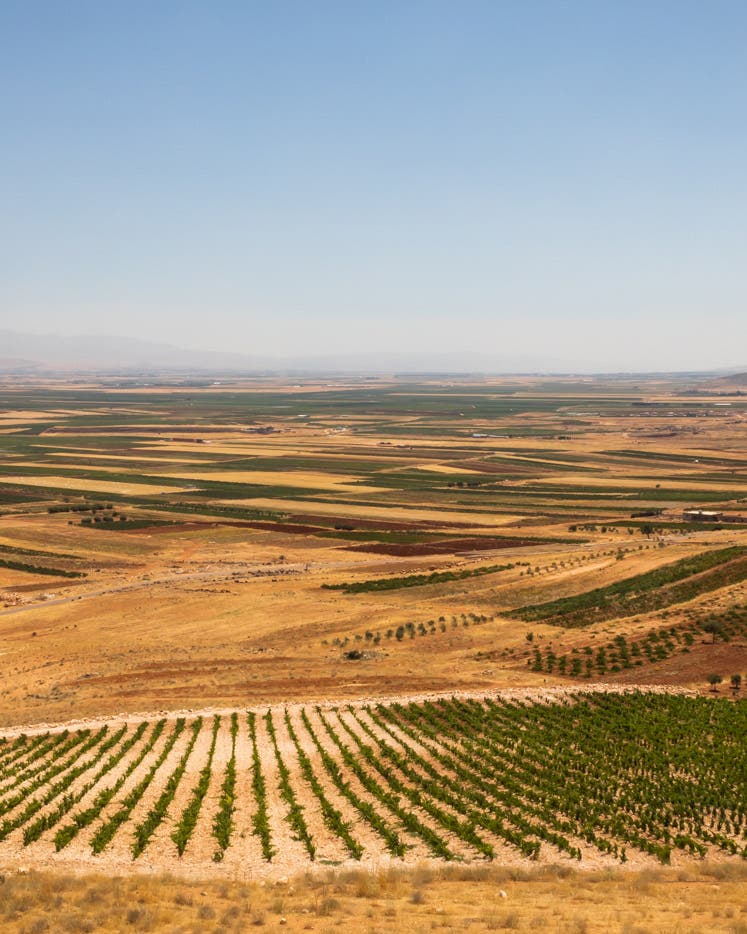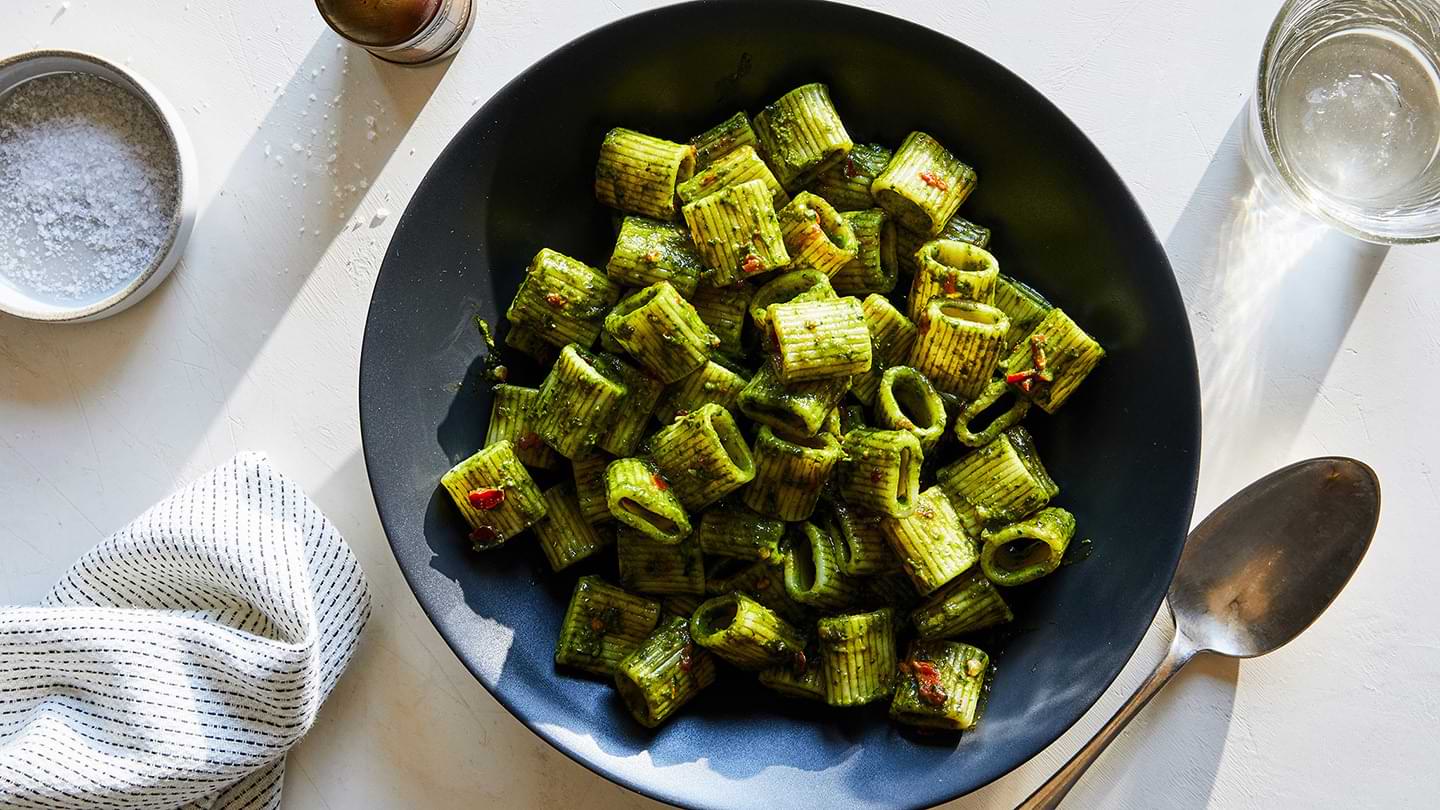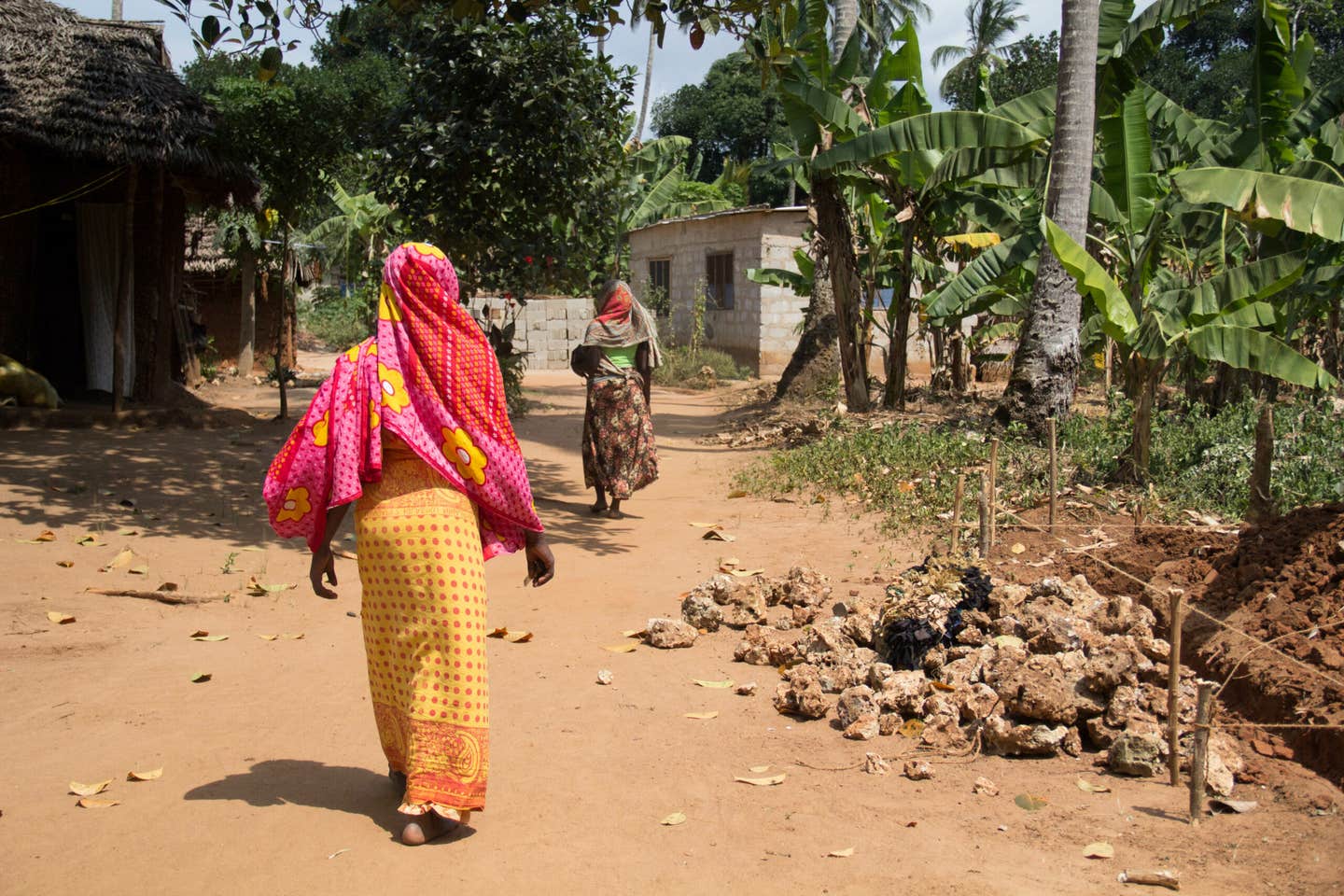
Scenes from Tanzania
Tanzania, a legendary corner of Africa's East Coast, has been a vibrant center of trading for centuries, making it a unique blend of Indian, African, and European cultures. The capital city's cracked cement sidewalks host an impressive number of fruit carts, vegetable vendors, and rickety pop-up grills, all of which come to life after sundown during mid-July, when the country's majority Muslim population celebrates Ramadan.
I traveled to the capital, Dar Es Salaam, in that hot mid-summer month, and then made my way via ferry to the lush island of Zanzibar. While Dar Es Salaam was a bit hard and disorienting, Zanzibar had effortless beauty: We found empty white beaches, delicious stews, and plenty of winding stone alleyways to explore. —Allie Wist
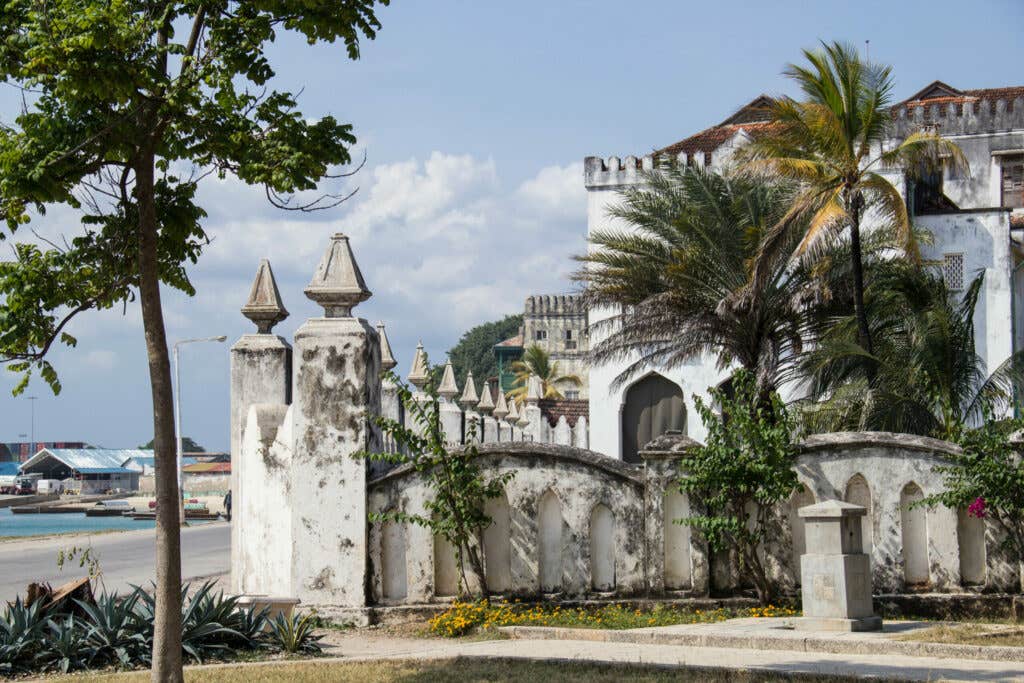
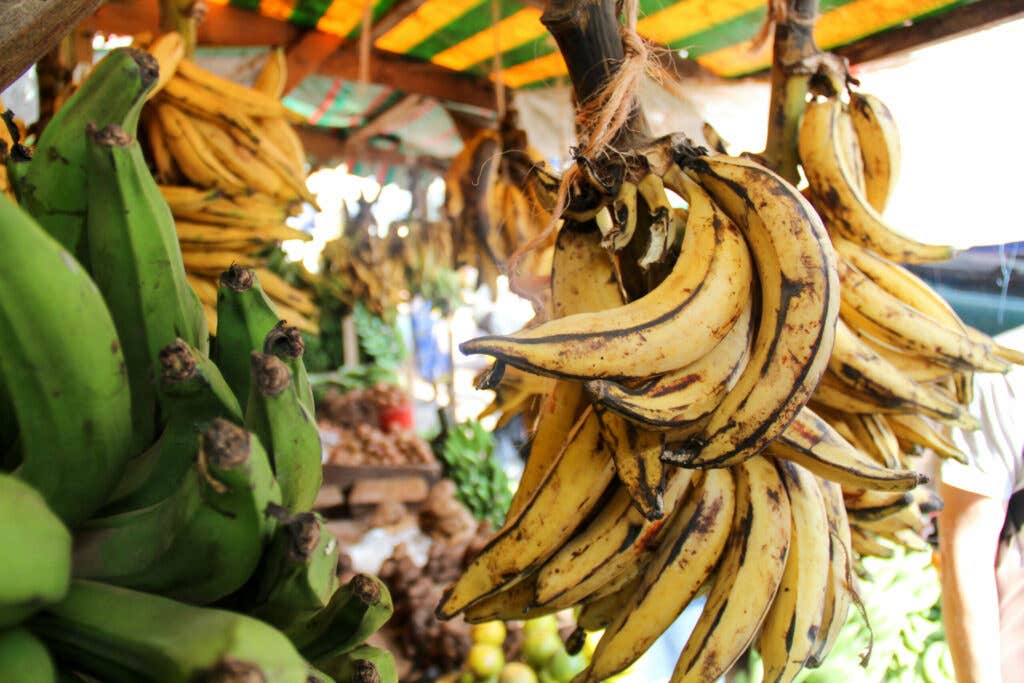
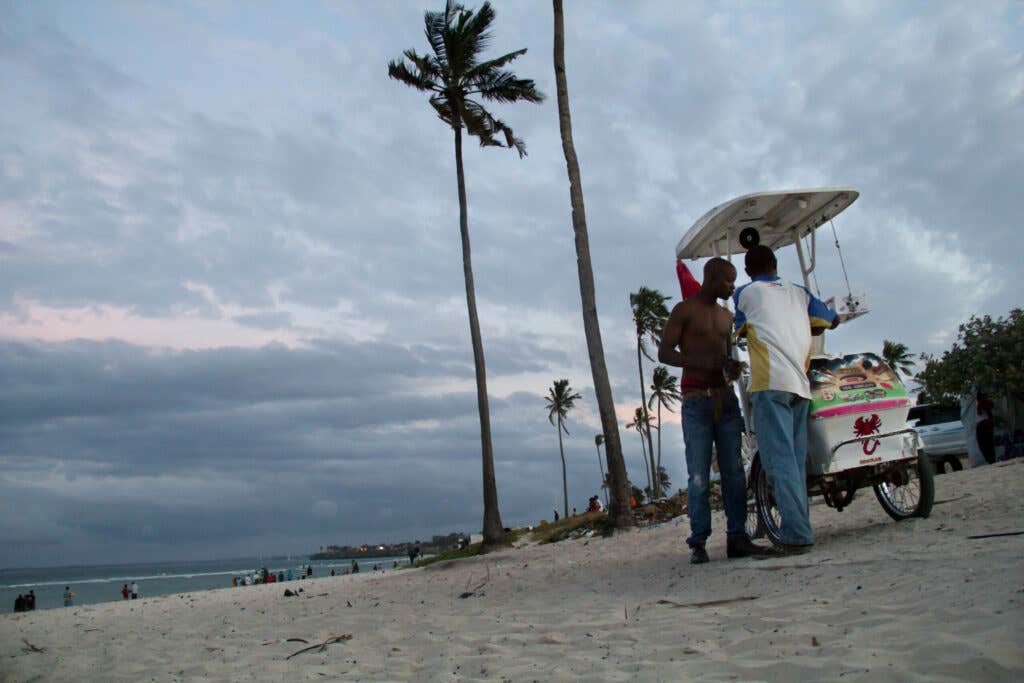
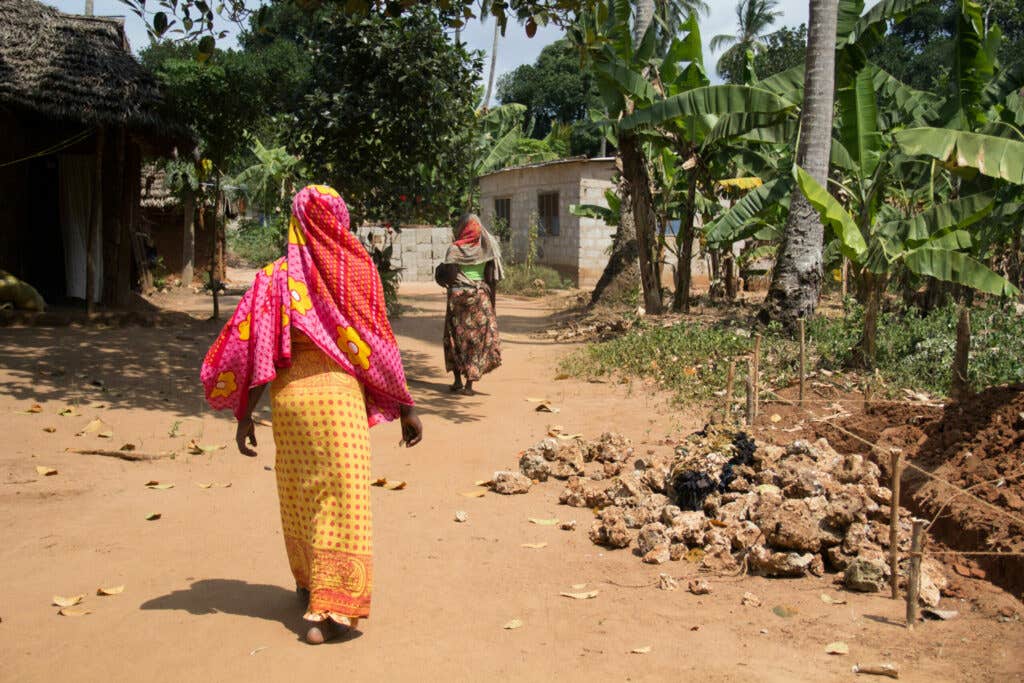
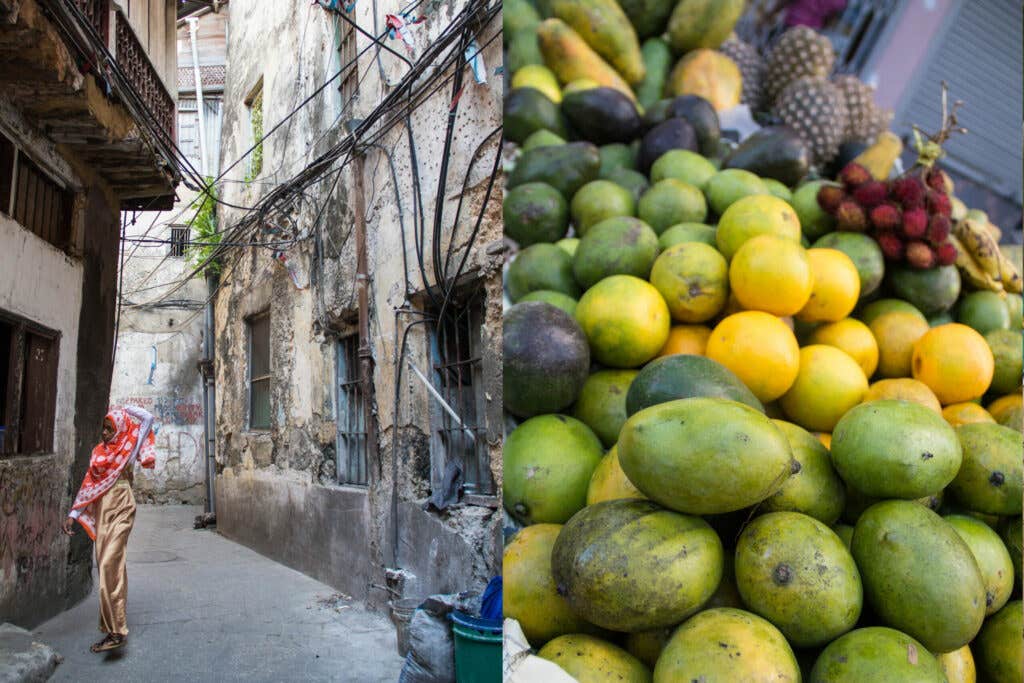

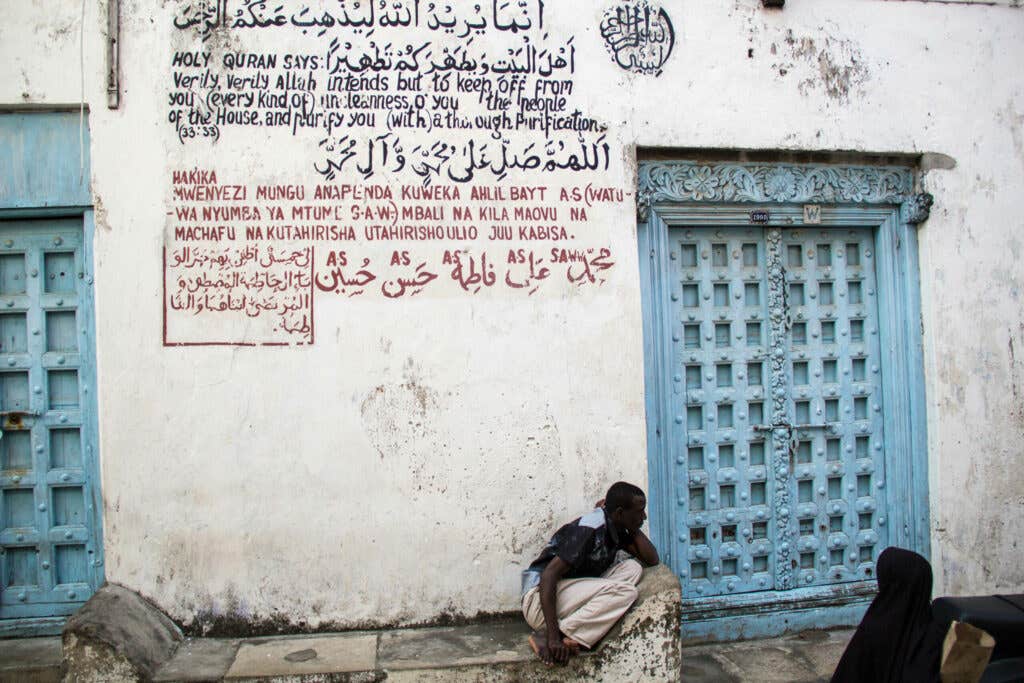
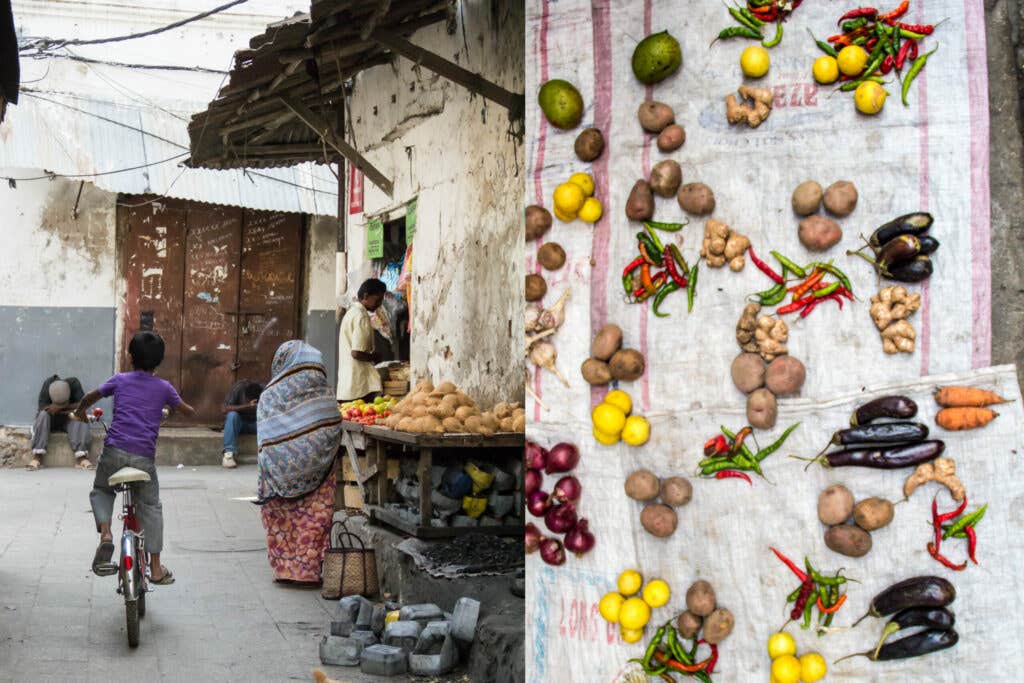
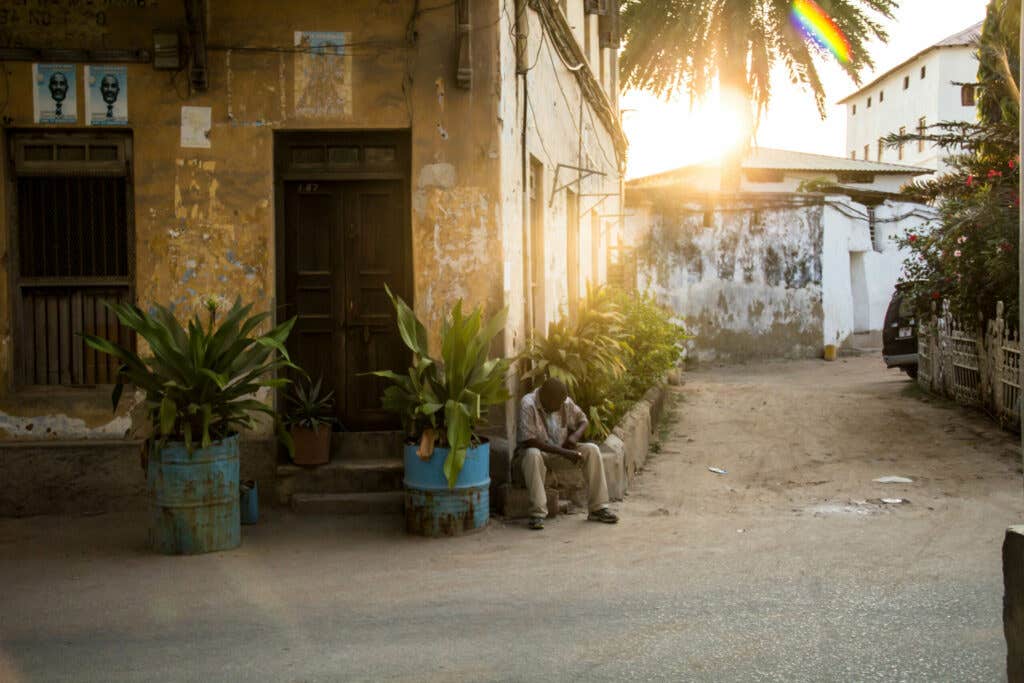
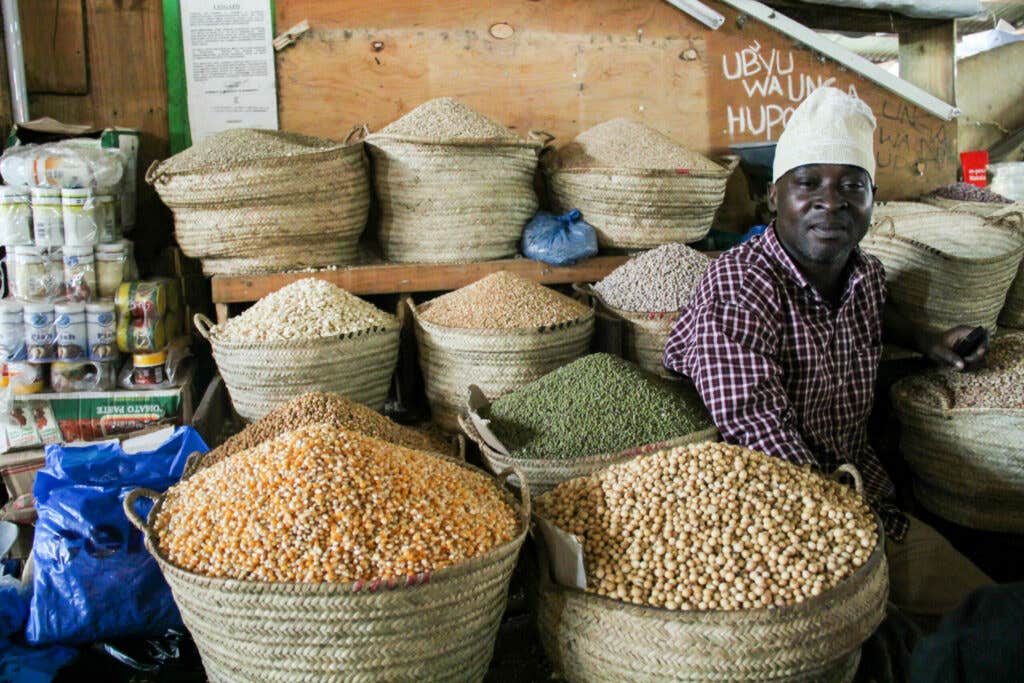
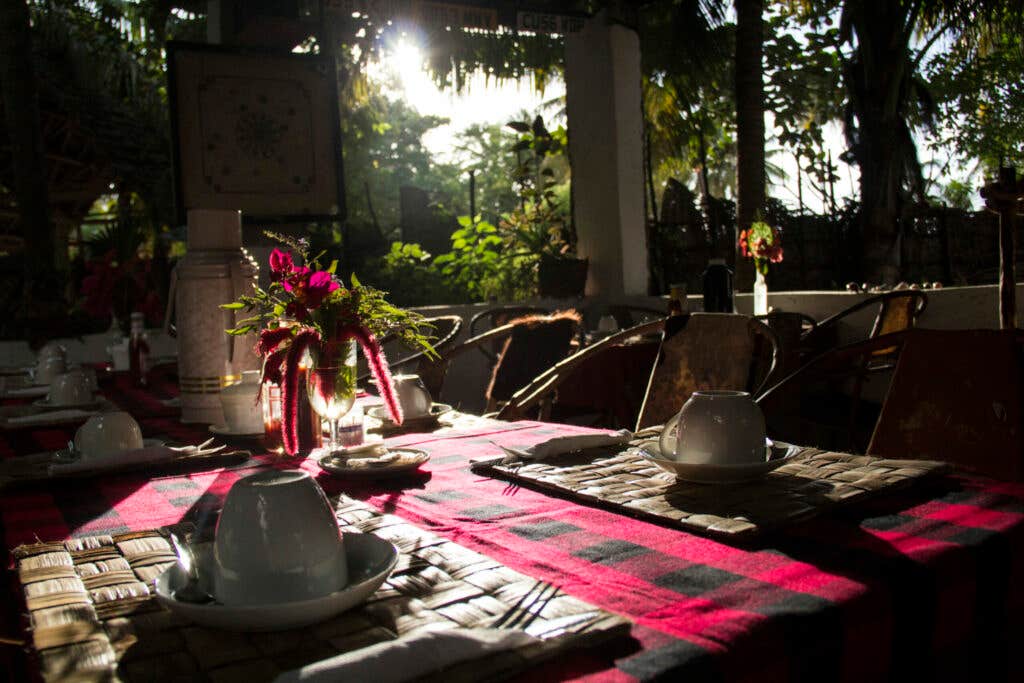
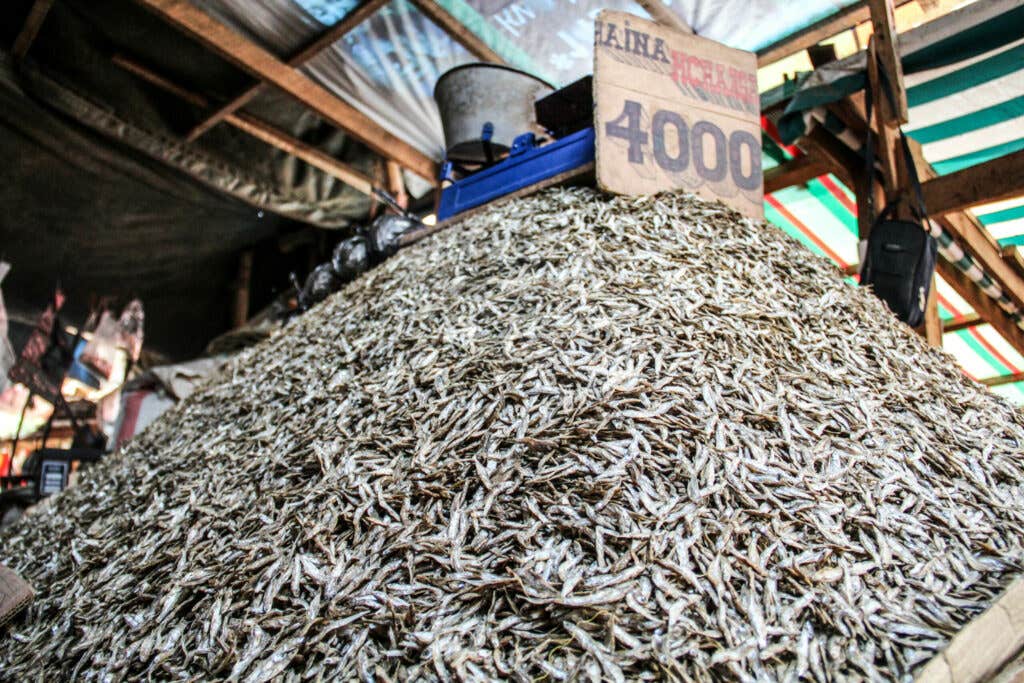
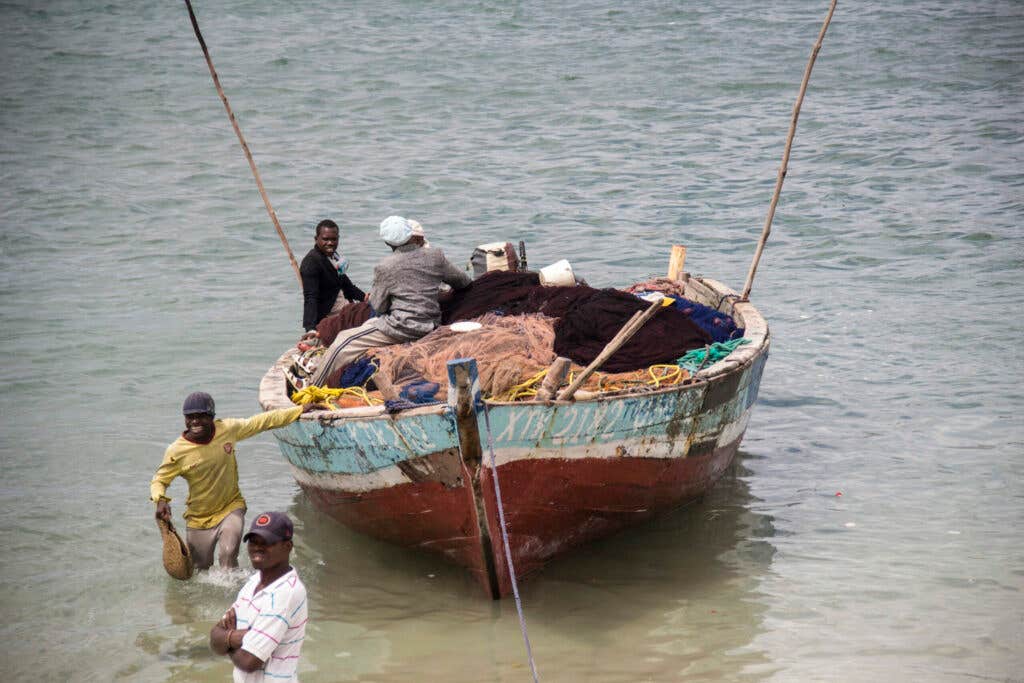

Keep Reading
Continue to Next Story
